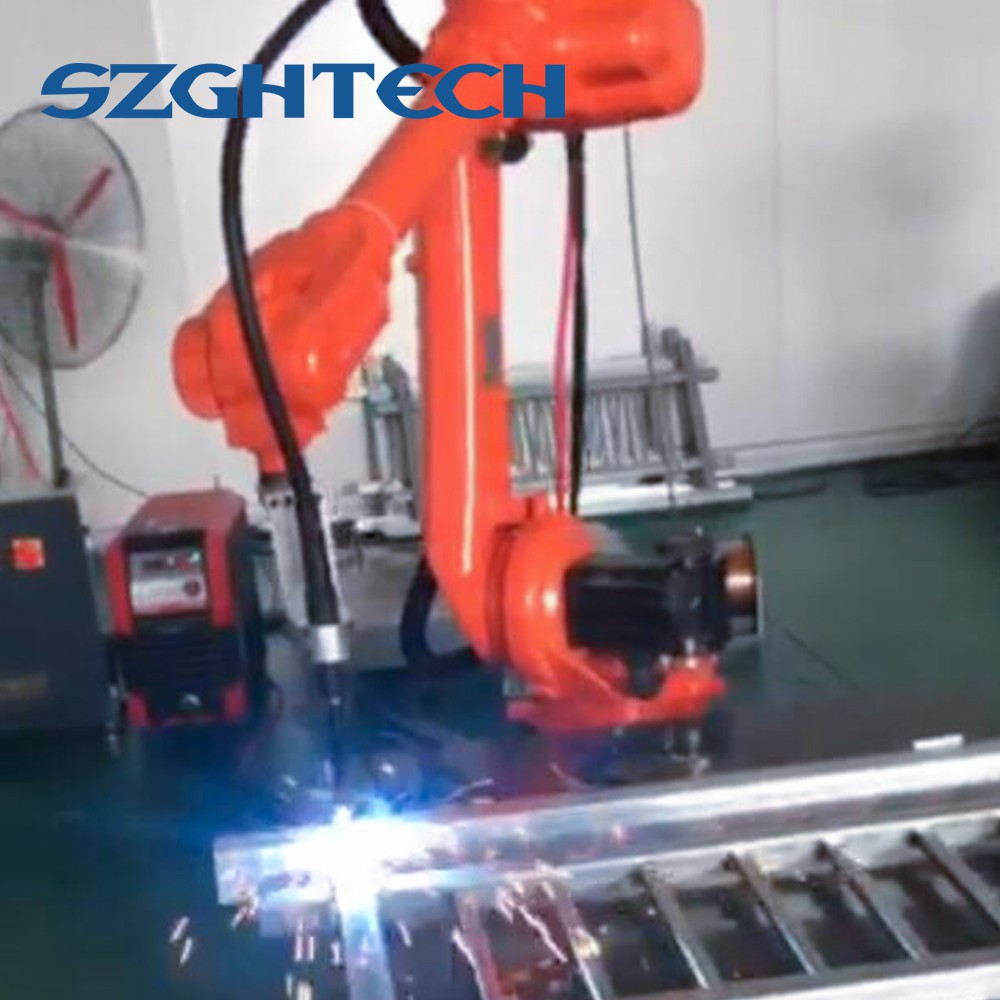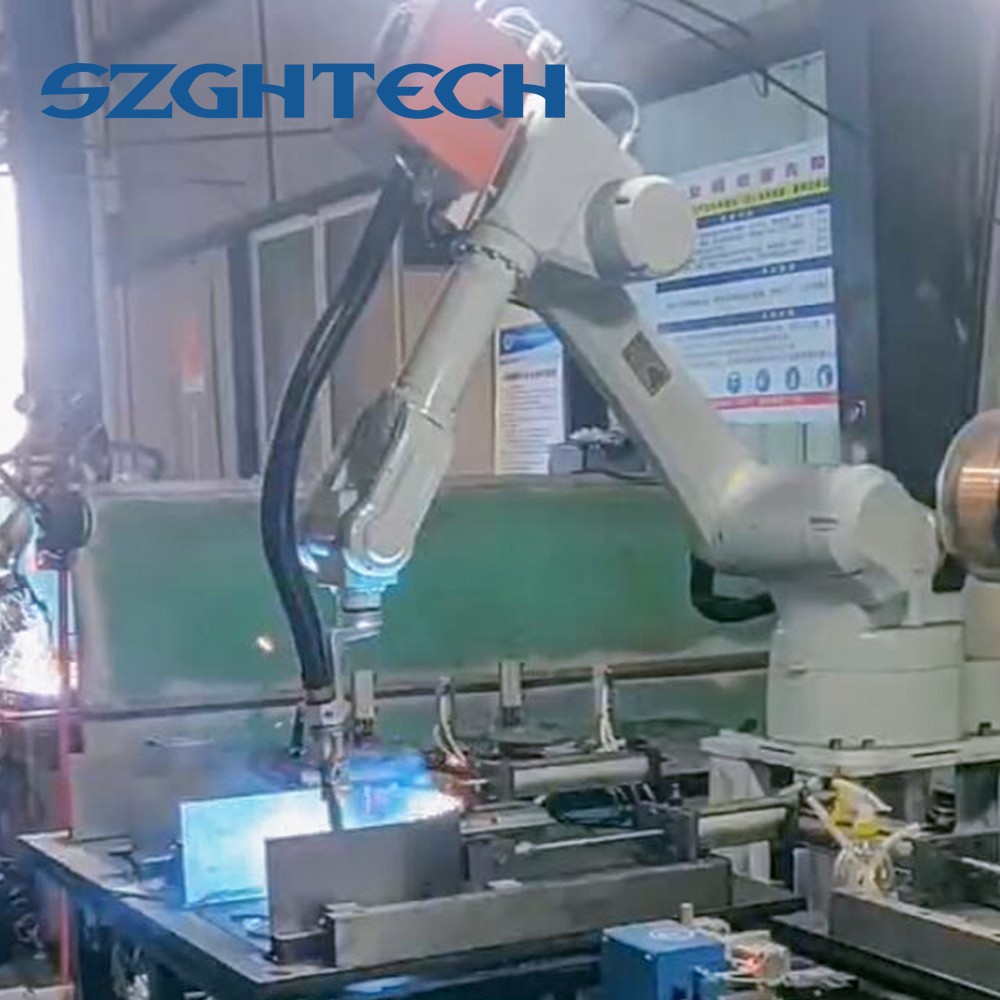The use of welding robots has a significant impact on various aspects of the manufacturing industry, including:
1. Increased productivity: Welding robots can work faster and longer than human welders, which increases the productivity of the manufacturing process. They also reduce the need for breaks and downtime due to fatigue or injury.
2. Improved quality: Welding robots can provide consistent weld quality, as they are programmed to follow precise welding paths. This can reduce the number of defective products and increase the overall quality of the manufacturing process.
3. Cost savings: Welding robots can reduce labor costs since they require minimal human intervention and can operate for extended periods. This can lead to significant cost savings over time, particularly for high-volume production runs.
4. Enhanced safety: Welding robots can improve workplace safety by reducing the risk of accidents and injuries associated with manual welding operations.
5. Flexibility: Welding robots can be programmed to perform a variety of welding tasks, making them adaptable to different manufacturing processes and product types.
6. Higher capacity: Welding robots can operate 24/7, which can increase the production capacity of a manufacturing plant.
7. Reduced waste: Welding robots produce less waste than manual welding processes, as they can be programmed to optimize material usage and minimize scrap.
Overall, the impact of welding robots on the manufacturing industry is positive, as they can improve productivity, quality, safety, and flexibility while reducing costs and waste.



